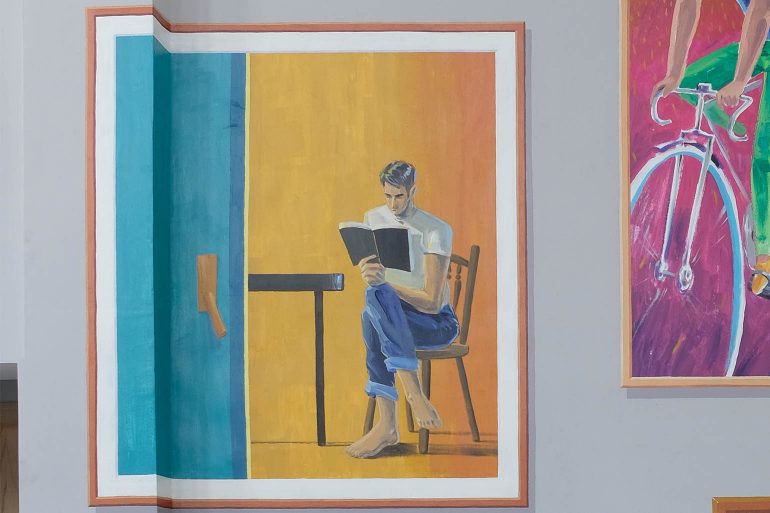Those Who Design series holds a critical lens to the contemporary architecture and design of our country. For the fourth episode of the series, we sat down with Hemmant Jha of Honest Structures to talk about his honest attempt using product design, specifically furniture, in addressing our massive consumption, inability to segregate and recycle, and sending more waste to landfills.
You can check the first episode with Professor Christopher Benninger on building an independent university campus; the second with architect Ambrish Arora on building iconic buildings and working with the government; and the third with interior designer Ayaz Basrai on building strong client relationships that lead to insane projects.
I have known Hemmant as an educator, architect, industrial designer, design strategist and most recently an entrepreneur with a vision to set up a responsible product line which by design asks you to buy less stuff. Hemmant is critical about the general lip service paid to sustainability which is not seen through from a lifecycle standpoint. He puts the onus on designers to present responsible solutions which should reflect products of our time. In Honest Structures, he presents a compelling alternative vision at a time where manufacturing does not need to respond to scarcity, but to improve the quality of life.
Excerpts from the conversation between Hemmant and Anubhav
Early on in our conversation on the idea of Design Thinking and the transformative impact of design beyond form and function, Hemmant clearly outlines the problem statement he is trying to solve for. He shares with us that in the product world, the ‘end of life’ is a major challenge across most industries. ‘Things’ he says, may be designed to last but not necessarily to be taken apart into their constituent parts and then be responsibly recycled. His solution as a furniture designer is simple – a modular kit of laser cut parts made in one material (steel) finger tightened or easily fitted by hand for assembly. The products are robust, durable, precise, long lasting, easily taken apart, simply refurbished, straightforwardly recycled and reused again in a circular economy.
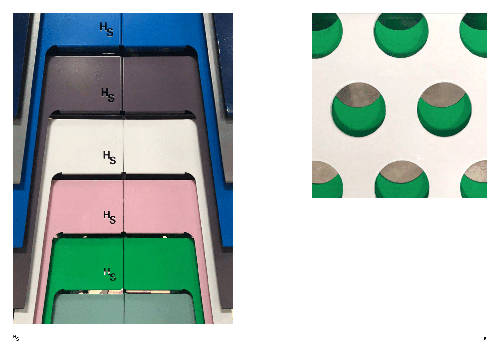
Intrigued, I quizzed Hemmant about his idea of Design in India and why he chose to set up Honest Structures here. He shares that in India we have the unique opportunity to learn from others’ mistakes to do better with originality. Hemmant says that given our population, demand, rate of consumption and changing lifestyles, the idea of Honest Structures could have a large and positive impact in changing behavior and choices towards a more sustainable future. Clearly his venture is an interesting departure from what we typically hear of India’s ecosystem where craft, revival and reinterpretation are unique as compared to elsewhere in the world. Honest Structures promises new processes, different materials, automated systems and machine aesthetics that are not necessarily intuitive in the Indian milieu. Hemmant shares an interesting anecdote where despite automation, they noticed a clear difference in the product depending on who the operator of the machine was. His point is valid — the operator and the machine working in tandem to make for precision and consistency can also be thought of as craft albeit with the use of different technology.
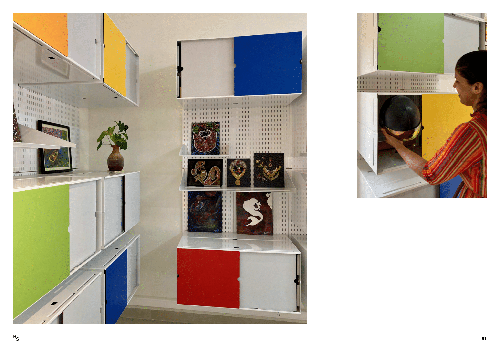
We discuss the Manovikas School, a progressive educational institute in Goa where Honest Structures designed the art and craft facility and cafeteria. The fact that the chairman simply ‘got’ what Honest Structures was trying to do and later on the ability of the Lego like flexible kit of parts to simply absorb almost all functional requests sealed the success of the project. The ability to grow, subtract and even reorganize from the function of each space post completing the design is another unique advantage of the system. Curiously while the system was flexible and it met the brief, I asked Hemmant if this system is a one size fits all proposition. He referenced Industry 4.0 which talks about the flexibility in manufacturing – sharing with us that user may be of different sizes and shapes and that the design and manufacturing allows for this customization for no extra cost. In application to different sectors, Hemmant hopes that his products become invisible to serve for the primary reason for which they serve. He is humble about the fact that Honest Structures is not about significant works of design from an aesthetic perspective, rather is more generic, timeless and not stylistic in nature thereby built for longevity and to serve a circular economy.
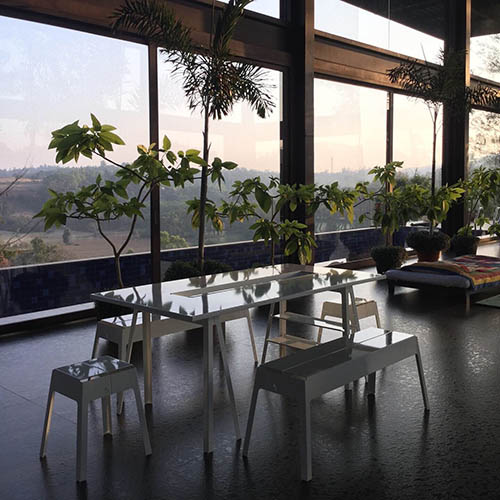
Despite Hemmant’s clarity in what Honest Structures is not, my sense is that his systems approach can indeed accept other interesting layers which need not take away from his wish for aesthetic invisibility. Some of these ideas, he confirmed are being currently experimented on. For one—hard, cold, steel furniture with sharp edges may not always be preferable, so inclusion of additional softer and warmer layers which could themselves be from single source recycled material or woven by small scale artisans may be a welcome addition. Sector specific applications could include embedded technology for the commercial sector; ability to incorporate brand and storytelling for retail; learning and building for education and health and wellness for the medical sector among others. Research into sectors such as defense, education, healthcare, hospitality, commercial office and others which have captive and cyclical consumption of furniture can be used as case studies for extrapolation to show for longer term benefits of a circular sustainable framework such as Honest Structures. When I asked Hemmant to step into the critic’s chair to share his experience on what could be better, he shared that while the production value chain works for India; in maintaining the same requisites for manufacturing his products in the United States, the costs are three times as much owing to expensive human capital in developed markets. Rightly so, he is critical of the China manufacturing model owing to several obvious reasons while continuing to grapple with true cost of making sustainably and locally for each market.
The economics have to work in the same way and perhaps there may be sustainable futures which are powered by such circular economies where Those Who Design take on the charge across sectors to effectively solve for the problems of our time.
What is interesting in the end is the sincere and honest attempt by Honest Structures to really make a difference and solve for the problem statement outlined in the beginning of our conversation. From a designers’ perspective, this attempt is also one without the ego that one typically sees or embodies in creation and design. Owing to our massive consumption trends, unsustainable ways of life and impending environmental challenges, Hemmant believes that we use too much stuff and even as a designer/retailer recommends that we not buy unless we need to. The economics have to work in the same way and perhaps there may be sustainable futures which are powered by such circular economies where Those Who Design take on the charge across sectors to effectively solve for the problems of our time.
***
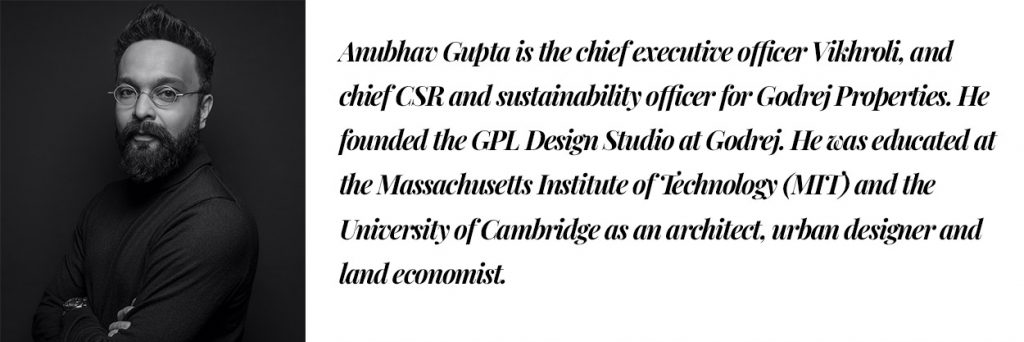
Feature image courtesy: Studio Vikhroli where this was painted by artist and illustrator Sameer Kulavoor.

